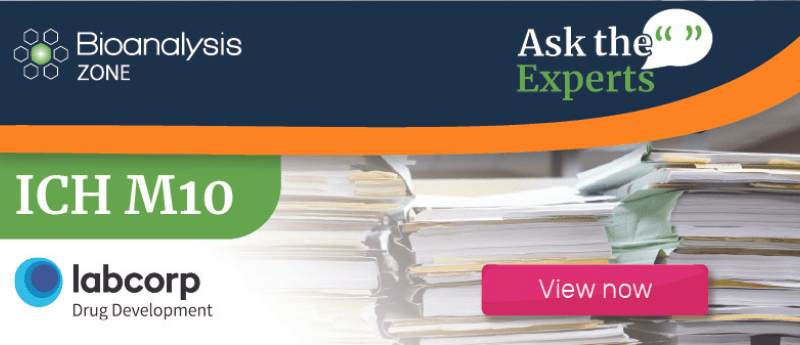3. What have been some significant hurdles in developing the ICH M10 guidance?

 Mark Arnold (left) and Rob Nelson (right) (Labcorp)
Mark Arnold (left) and Rob Nelson (right) (Labcorp)
Each health authority has their own specific expectations, which requires discussion, harmonization where possible, or addition as individual requirements. These discussions have been reported to have contained some lively debates. Based on the draft version content, it appears the effort has been more additive than focused on harmonization. When the draft guidance came out for comment, several conferences were held to consolidate industry thinking and provide responses, in addition to the responses provided by individuals and companies. This created a large volume of responses, 177 pages of comments, each requiring review and discussion, with a final decision on each for revision or implementation. Unfortunately, COVID-19 has shifted focus away from finalizing ICH M10 and has significantly delayed progress on this key initiative.
 Kelly Dong (United-Power Pharma Tech Co., Ltd.,)
Kelly Dong (United-Power Pharma Tech Co., Ltd.,)
As different regulatory bodies have their existing regulation guidelines and local practices, it will inevitably take time and effort to adopt any changes. It might also be challenging in some countries to fulfill all the requirements due to local situations such as cross-validation sample import/export and the availability of special matrices such as hemolyzed and lipemic matrices from commercial vendors. In addition, access to biological matrices from disease population may also be challenging in the method validation stage.
The opinions expressed in this feature are those of the authors and do not necessarily reflect the views of Bioanalysis Zone or Future Science Group.

